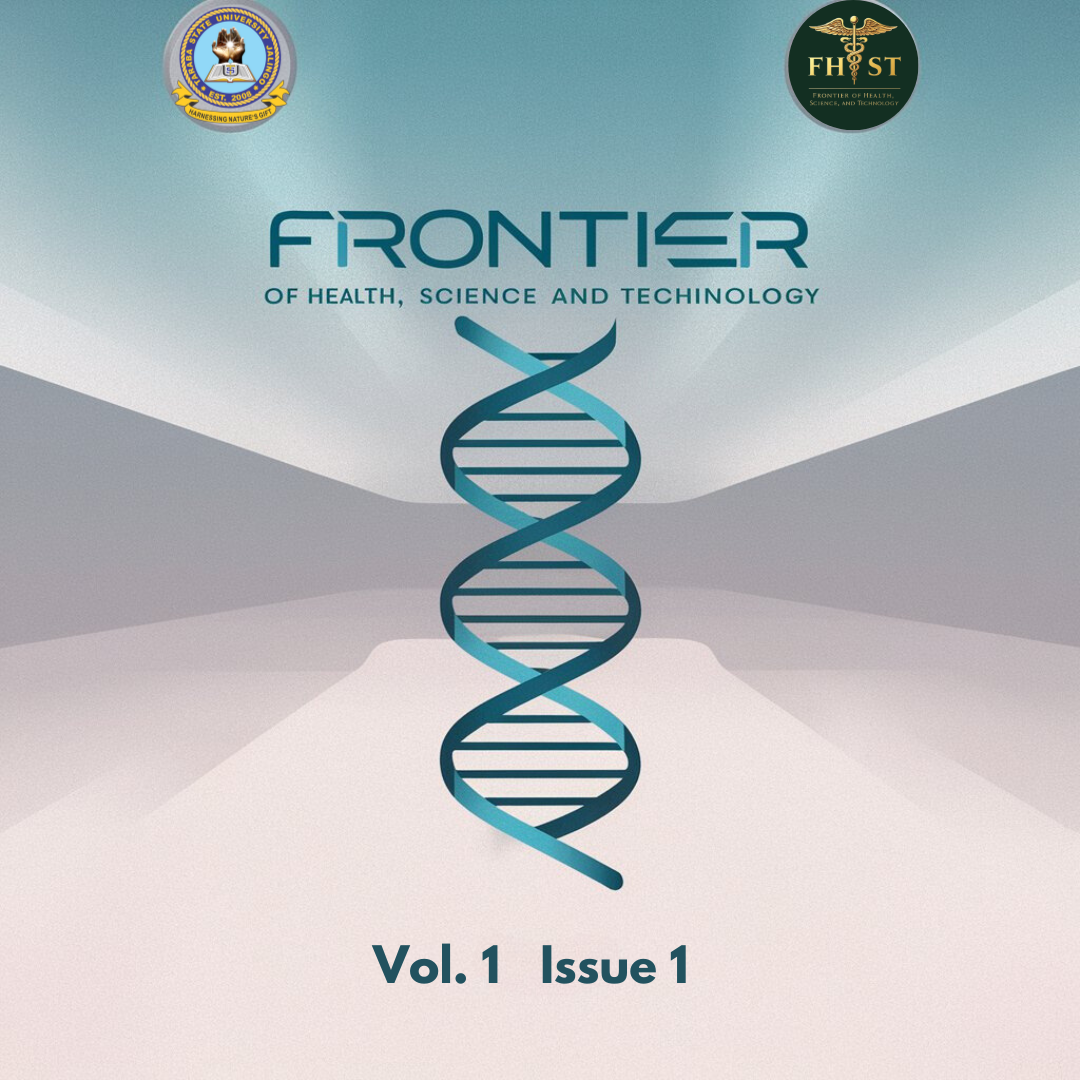PREVALENCE OF MALARIA AMONG SICKLE CELL PATIENTS IN SELECTED PRIMARY HEALTH CARE CENTRES (PHCC) IN TAKUM LOCAL GOVERNMENT AREA, TARABA STATE
Keywords:
Patients, Sickle, Anaemia, Malaria, Healthcare, TakumAbstract
Sickle cell disease (SCD) poses significant health challenges in sub-Saharan Africa where the
prevalence is relatively high. Malaria, a prevalent infectious disease in Nigeria exacerbates the
complications associated with sickle cell anaemia. Understanding the epidemiology of malaria
among sickle cell anaemia patients is crucial for effective management and control strategies. This
cross-sectional study is aimed to determine the prevalence of malaria infection among patients
with sickle cell anaemia patients in selected Primary Health Care Centre in Takum L.G.A, Taraba
State, Nigeria. The study involved the screening of sickle cell anaemia patients in selected health
facilities in Takum L.G.A, Taraba state from January to August 2023. Data on the demographic
characteristics of the patients were collected using structured questionnaires and 5ml blood
samples was collected into labelled EDTA container. Parasitological examination was conducted
to determine malaria prevalence and statistical analysis was performed using SPSS version 27.0.
the study revealed malaria prevalence of 4.3% among SS patients. Malaria infection was more
common among male patients and among children aged 1-10yrs, non-educated individuals and
those in low-income occupation like farming, trading, artisan and students. The result underscores
the importance of targeted intervention to mitigate malaria burden among sickle cell anaemia
patients, including educational campaigns, use of malaria prophylaxis, access to preventive
measures such as long-lasting treated nets and improved environmental sanitation practices.
Implementing these strategies is crucial for reducing malaria related morbidity and mortality in the
affected communities.


